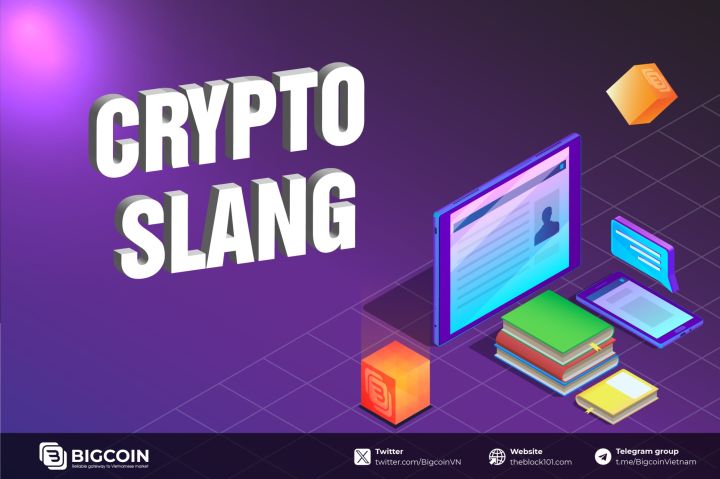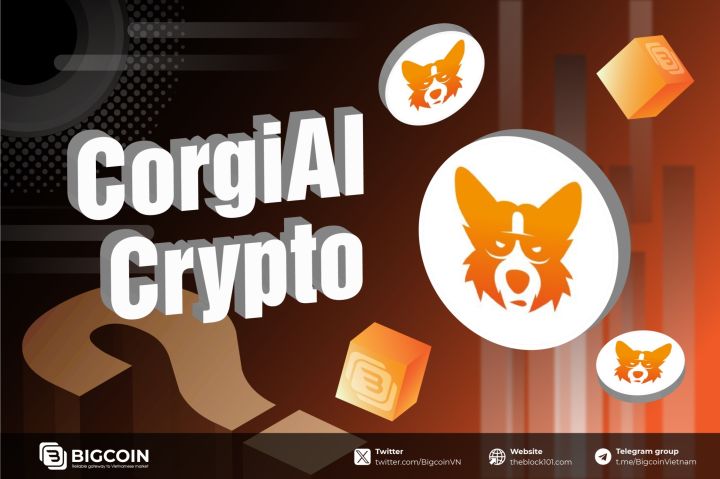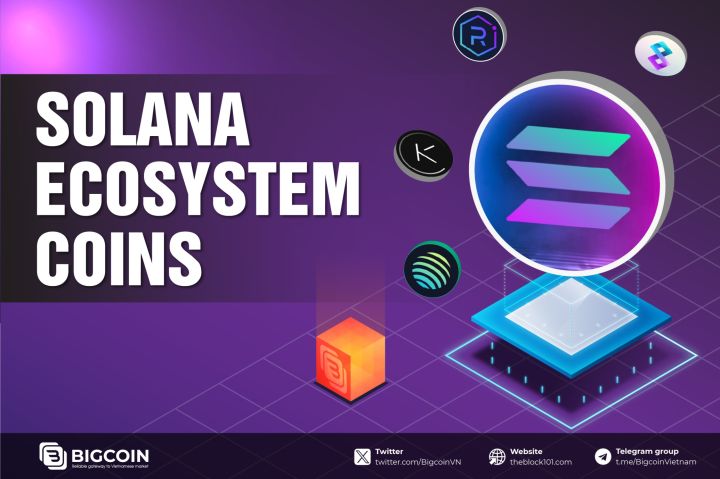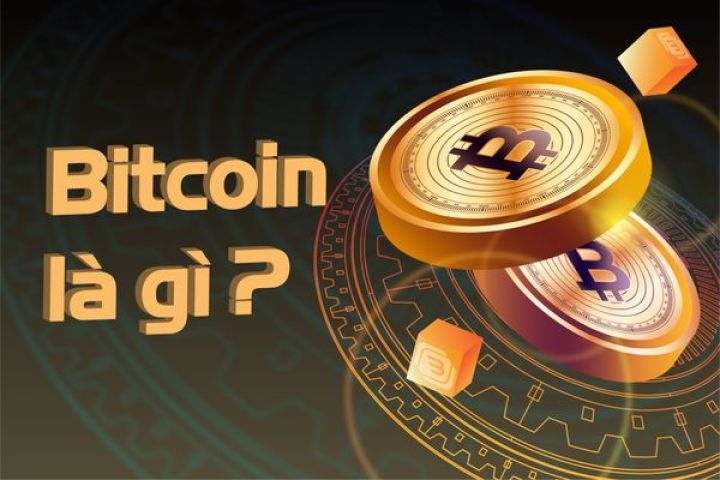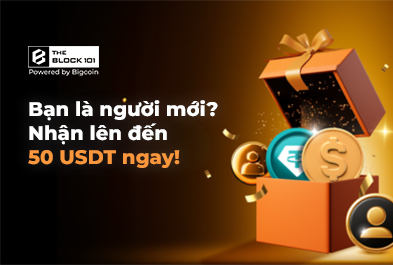But what exactly is NFT mining, and how does it work? Let’s dive into the concept to understand its significance and how it fits into the broader blockchain ecosystem.
1. What is NFTs?
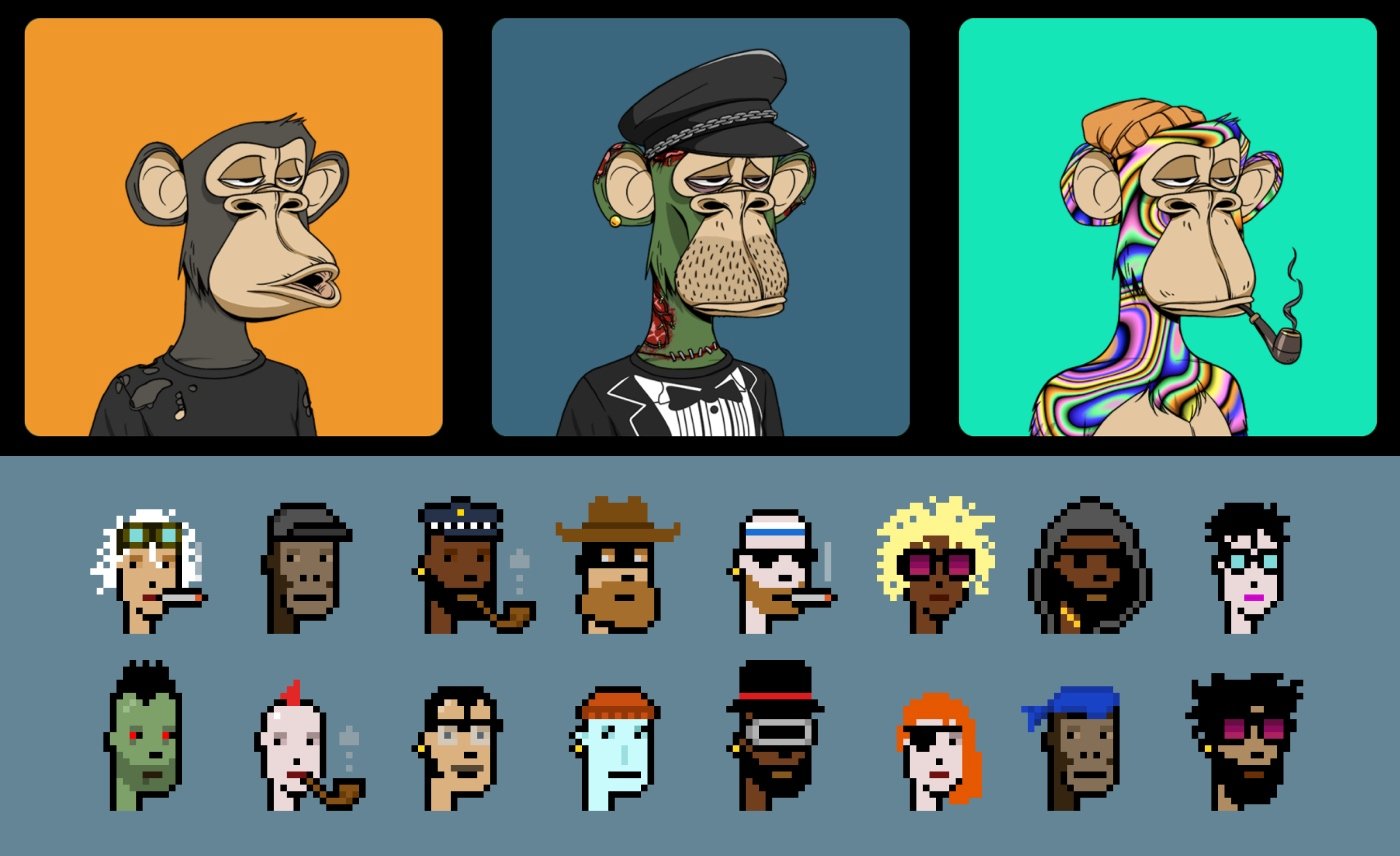
Before we explore NFT mining, it’s important to first understand what NFTs are. NFTs are unique digital assets stored on a blockchain. Unlike cryptocurrencies such as Bitcoin or Ethereum, NFTs cannot be exchanged on a one-to-one basis because each token is distinct and represents a unique piece of content, whether it’s a digital artwork, music, a video, or even virtual real estate.
The underlying technology behind NFTs is the blockchain, which acts as a public ledger that records the ownership and transaction history of these tokens. Most NFTs are based on the Ethereum blockchain (using ERC-721 and ERC-1155 standards), but other blockchains like Solana, Flow, and Binance Smart Chain have also emerged as popular platforms for NFTs.
2.What Is NFT Mining?
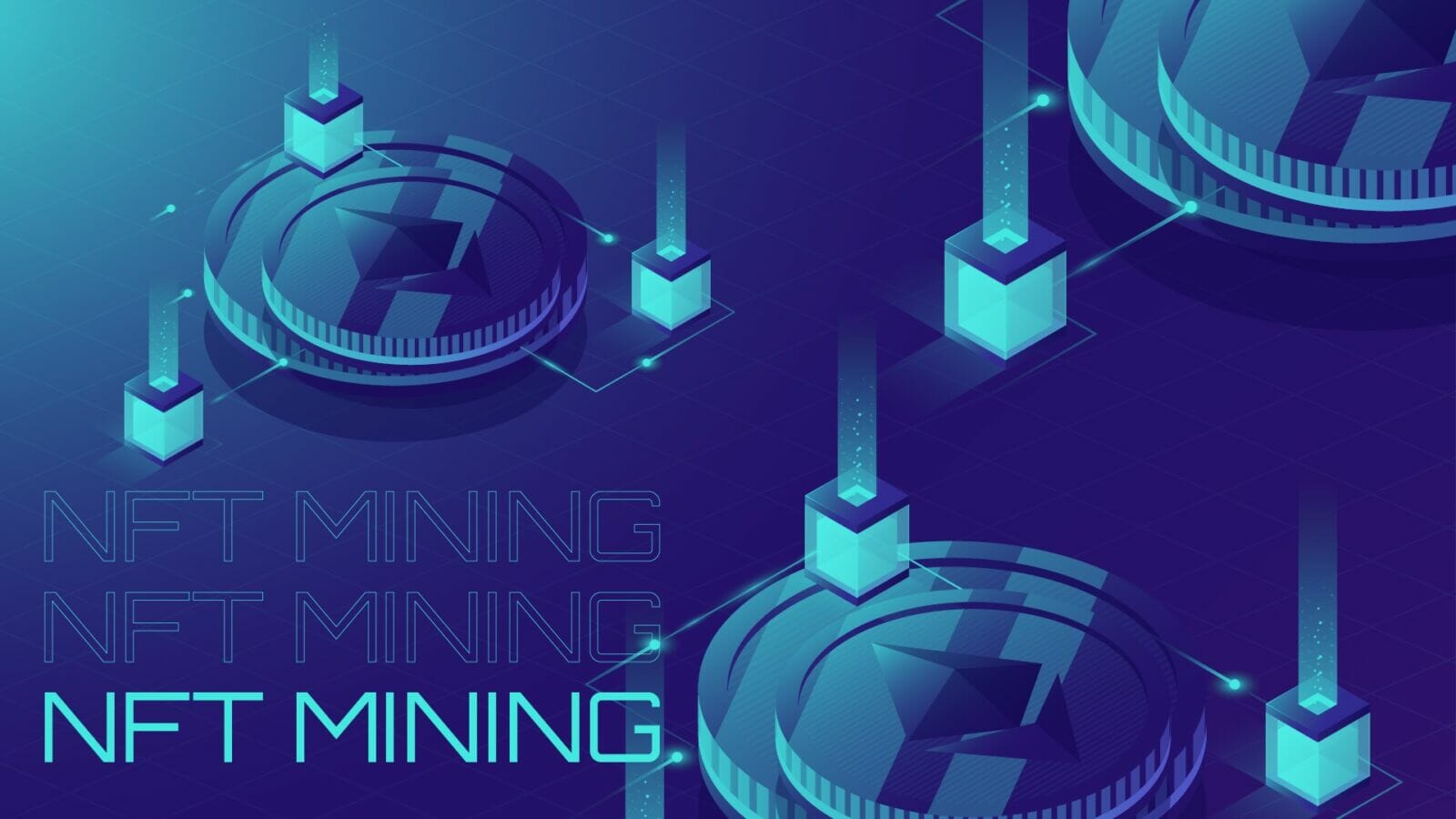
NFT mining is the process of creating or minting NFTs on a blockchain. While traditional cryptocurrency mining involves solving complex mathematical puzzles to validate transactions and secure the network (a process known as Proof of Work), NFT mining focuses more on the creation and issuance of digital assets, not the validation of blockchain transactions.
However, NFT mining can refer to different methods depending on the specific context, including:
-
Minting NFTs: In the simplest sense, NFT mining refers to the process of minting NFTs. When an artist or creator wants to turn their digital artwork into an NFT, they essentially "mine" the NFT by uploading it to a blockchain. This involves converting a digital file (e.g., an image, video, or audio file) into a unique token that is stored on a blockchain, making it verifiably owned by the creator or whoever buys it. This is done using a smart contract that links the digital file with a unique, non-fungible token.
-
Mining for Rewards in NFT-Based Games: In some cases, NFT mining can also refer to the process of earning NFTs in play-to-earn (P2E) games or decentralized applications (dApps). Players can “mine” or earn NFTs through gameplay, achievements, or in-game activities. These NFTs may be items like weapons, skins, characters, or virtual land within the game. The mining aspect here is more about participating in the game and earning unique assets that can be traded or sold in the NFT marketplace.
-
Staking for NFT Rewards: Some platforms allow users to "stake" cryptocurrencies (like Ethereum or native tokens of a specific blockchain) in order to earn NFT rewards. This can be seen as a form of NFT mining in the sense that users are mining or earning NFTs by providing liquidity to a network or supporting certain activities on the platform. In these cases, staking can often provide users with exclusive NFTs or early access to limited edition digital assets.
3.How does NFT Mining work?
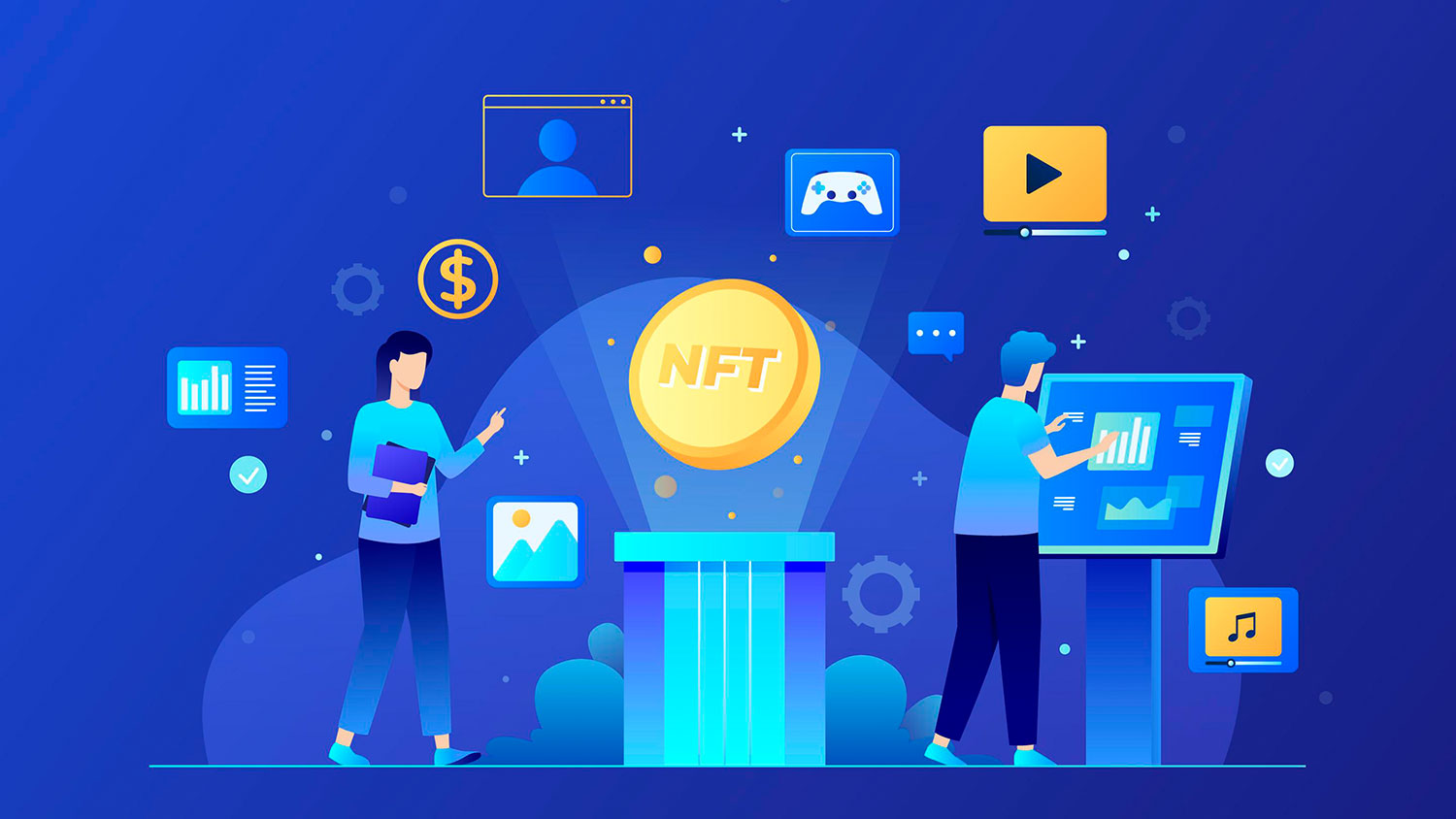
The process of NFT mining or minting can vary depending on the platform or blockchain you’re using, but generally, the steps are as follows:
-
Create or Upload Your Digital Content: This could be a piece of digital art, music, or any unique asset you want to tokenize as an NFT. The creator will prepare the content and ensure it is in a format that can be uploaded to the blockchain (e.g., PNG, GIF, MP4, MP3).
-
Select a Blockchain Platform: Choose the blockchain where you want to mint the NFT. Most NFTs are minted on the Ethereum blockchain, but other blockchains like Solana, Binance Smart Chain, and Polygon are also popular choices. Each platform has its own set of rules and fees associated with minting NFTs.
-
Minting the NFT: To mint an NFT, you need to interact with a smart contract on the chosen blockchain. The smart contract is a set of rules that govern the creation of NFTs and their properties. You will need to upload your digital file to the blockchain through a marketplace (like OpenSea, Rarible, or Magic Eden) or a dedicated minting platform. The blockchain will then generate a unique token ID for your NFT, linking it to your digital asset. The NFT is now live on the blockchain, with verifiable ownership and a transaction history.
-
Paying Gas Fees: Minting NFTs involves transaction fees, also known as gas fees (especially on Ethereum). These fees are paid to the network to process and verify your NFT minting transaction. The amount you pay can vary depending on the blockchain’s traffic and complexity of the transaction.
-
Selling and Trading NFTs: After minting your NFT, you can list it for sale on various NFT marketplaces. This allows others to purchase your unique digital asset, and in return, you may earn royalties on future sales, depending on the smart contract settings.
4. NFT Mining in Play-to-Earn Games
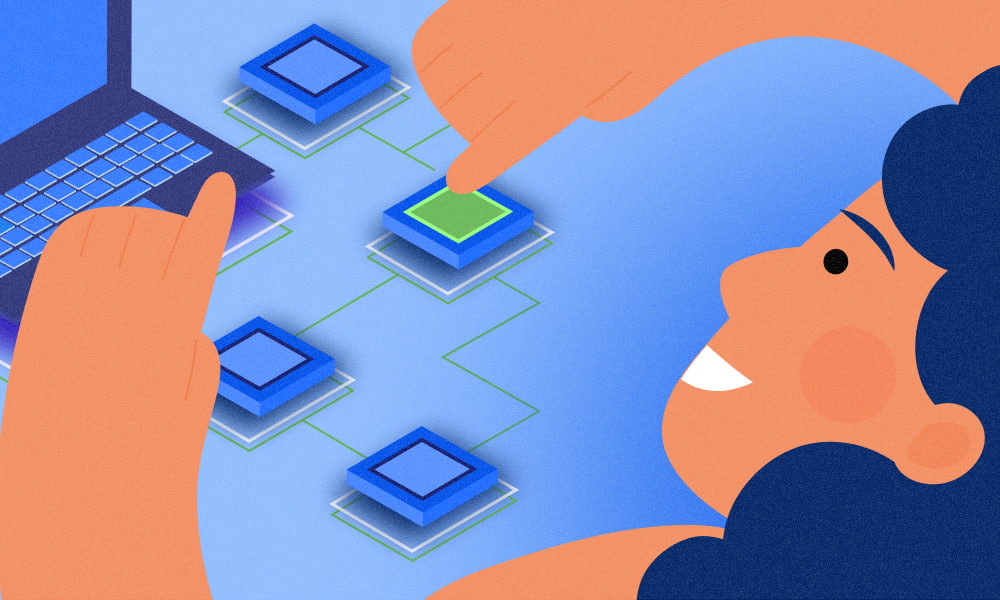
In the world of play-to-earn (P2E) gaming, NFT mining works differently. Players can earn NFTs by participating in in-game activities, completing tasks, or achieving milestones. These NFTs might represent unique in-game items, such as:
-
Weapons or gear: Exclusive items that give players advantages or cosmetics within the game.
-
Land or properties: Virtual real estate that players can buy, sell, or develop.
-
Characters or avatars: Customizable in-game characters that players can use or trade.
In these cases, NFT mining refers to the process of accumulating these unique tokens by spending time and effort within the game. Players can either keep their NFTs for personal use or sell them on NFT marketplaces.
5. The Role of NFTs in Blockchain Ecosystem
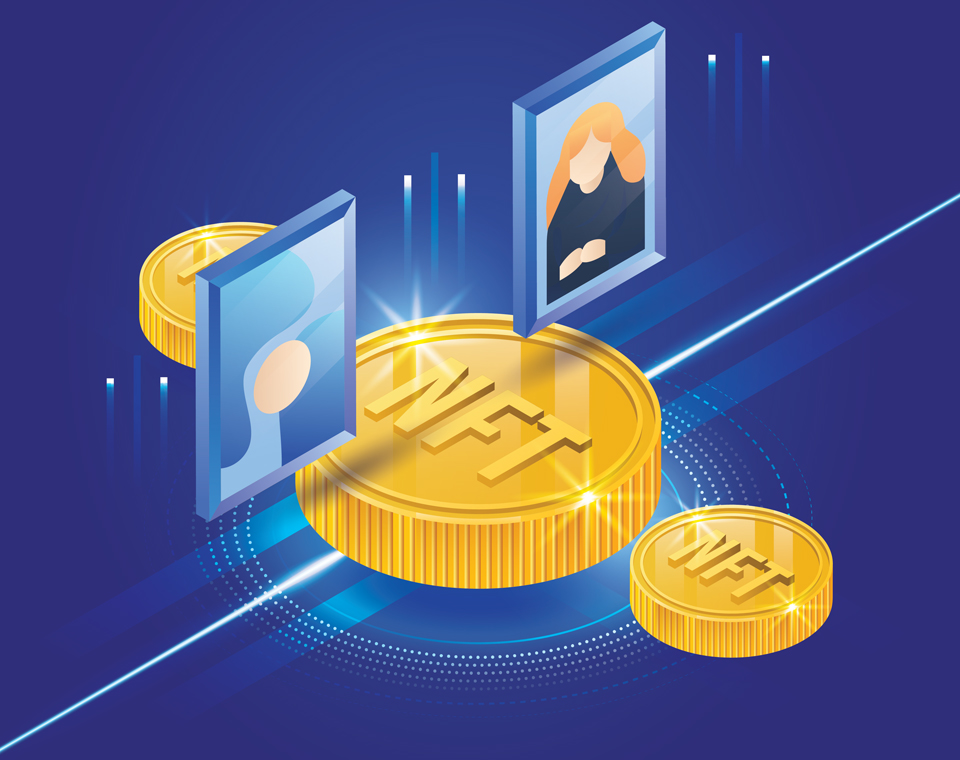
NFT mining and minting are important aspects of the blockchain ecosystem. They not only create new ways for digital creators to earn income but also enable decentralized ownership of digital assets. NFTs allow creators to retain control over their work, and the ability to earn royalties from secondary sales has opened up new revenue streams.
Moreover, NFTs have found utility beyond art and collectibles. They are increasingly being used for virtual real estate, gaming assets, and even access tokens for exclusive communities or events. In this sense, NFTs have transformed from just digital art collectibles to multifunctional assets with significant value in various industries.
6. Benefits and challenges of NFT Mining
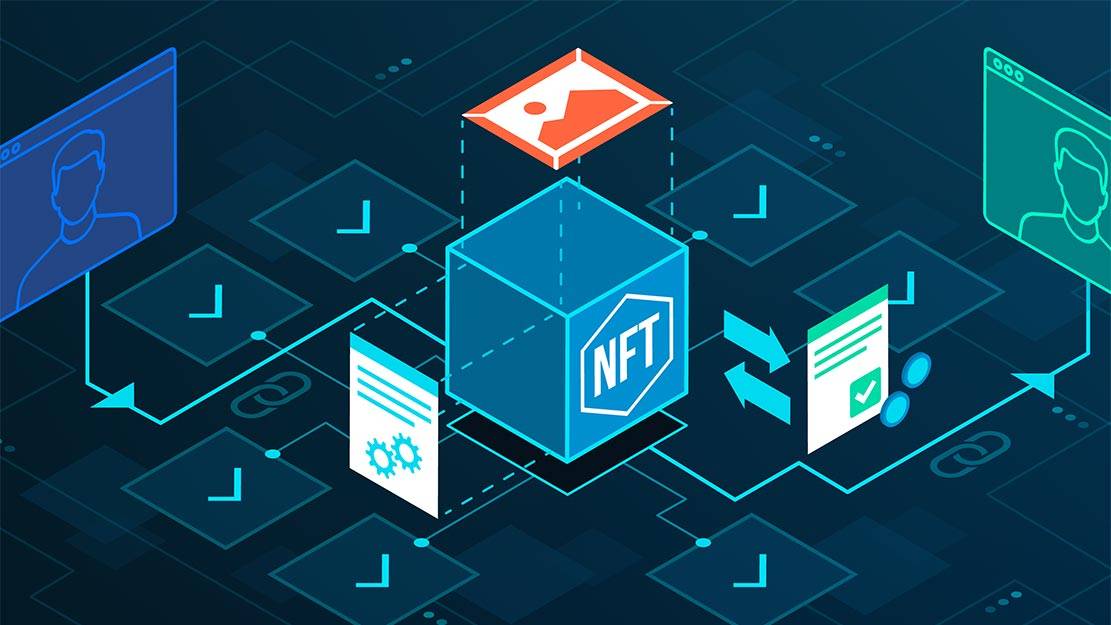
Before diving into the specifics of NFT mining, it's important to understand that like any emerging technology, NFT mining comes with both benefits and challenges. While the process of minting NFTs opens up exciting opportunities for creators and collectors alike, it also brings with it a set of hurdles that need to be considered. Let’s explore both sides in detail to gain a better understanding of what NFT mining can offer and the potential issues associated with it.
Benefits:
-
Ownership & Provenance: NFTs provide verifiable ownership of unique digital items, allowing creators to monetize their work.
-
Royalties for Creators: Many NFT smart contracts are designed to automatically reward creators with royalties every time their NFTs are sold.
-
Access to New Revenue Streams: NFTs create new opportunities for creators, collectors, and gamers to profit in the digital space.
Challenges:
-
Environmental Impact: Traditional blockchain mining, particularly on Ethereum, has been criticized for its energy consumption. Although newer solutions like Proof of Stake are being adopted, the environmental impact remains a concern.
-
High Gas Fees: On networks like Ethereum, the gas fees for minting and transferring NFTs can sometimes be prohibitively high, particularly during periods of network congestion.
-
Market Volatility: The value of NFTs can be highly volatile, and while some NFTs have sold for millions of dollars, the majority may not hold their value over time.
7. Conclusion
NFT mining, in its various forms, is an essential part of the burgeoning world of digital assets. Whether you’re a creator minting digital art or a gamer earning exclusive in-game items, the process of NFT mining allows individuals to participate in the blockchain revolution by proving ownership of unique digital content. While the world of NFTs is still evolving, their potential for reshaping digital ownership, art, and gaming continues to grow. As the technology matures, we may see even more innovative ways to mine, trade, and utilize NFTs in a wide range of applications.
Read more:

 English
English Tiếng Việt
Tiếng Việt.png)
